- Have any questions?
- +86-189 8930 5995
- sales@mosinterchem.com.cn
Sparfloxacin CAS 110871-86-8

Diclazuril CAS 101831-37-2
10/12/2018
Gatifloxacin CAS 112811-59-3
10/12/2018| Model: | MOS 110871-86-8 |
| CAS: | 110871-86-8 |
| Molecular formula: | C19H22FN3O3 |
| Molecular weight: | 359.3947 |
| Density: | 1.347g/cm3 |
| Melting point: | 265℃ |
| Boiling point: | 575.9°C at 760 mmHg |
| Flash point: | 302.1°C |
| Refractive index: | 1.611 |
| Vapour Pressur: | 4.2E-14mmHg at 25°C |
Sparfloxacin (CAS 110871-86-8)
| Molecular Formula | C19H22FN3O3 |
| Molecular Weight | 359.3947 |
| Density | 1.347g/cm3 |
| Melting point | 265℃ |
| Boiling point | 575.9°C at 760 mmHg |
| Refractive index | 1.611 |
| Flash point | 302.1°C |
| Vapour Pressur | 4.2E-14mmHg at 25°C |
Sparfloxacin (spar FLOX a sin), trade names Spacin in Bangladesh, Zagam and Zagam Respipac,
is a fluoroquinolone antibiotic used in the treatment of bacterial infections. It has a controversial
safety profile. Zagam is no longer available in the United States.
Pharmacological properties
Sparfloxacin is about 37-45% bound to proteins in the blood.
Sparfloxacin achieves a high degree of penetration into most tissues, except for the central nervous system.
Following a single 400 mg oral dose of sparfloxacin, the mean peak concentration in cantharides-induced
inflammatory fluid is 1.3 lA-g per ml after a mean duration of 5 h post-dose. Thus(overall sparfloxacin
penetration into inflammatory fluid is 117% and the mean elimination half-life from this fluid is 19.7 h.
Skin penetration of sparfloxacin is good with skin:plasma ratios of 1.00 at 4 h (time of peak plasma
concentration) and 1.39 at 5 h. Following single oral doses of 100 or 200 mg, concentrations in skin
of 0.56 and 0.82-1.31 lA-g per g, respectively, can be expected. Sparfloxacin achieves excellent
penetration into human polymorphonuclear leukocytes in vitro.
Sparfloxacin achieves high concentrations in respiratory and sinus tissues. Following an oral loading
dose of 400 mg followed by 200 mg daily, mean concentrations of sparfloxacin (2.5 to 5 h after dosing)
in bronchial mucosa, epithelial lining fluid and alveolar macrophages are 4.4 µg/g, 15.0 µg/ml and 53.7
µg/g, respectively. The mean sparfloxacin concentration in maxillary sinus mucosa, 2-5 h after a single
400 mg dose, is 5.8 µg/g.
Shimada et al. ( 1993) has summarized many of the studies published in Japanese regarding the tissue
distribution of sparfloxacin. (high concentrations are achieved in sputum, pleural fluid, skin, lung, prostate,
gynecological tissues, breast milk and otolaryngological tissues. *Salivary concentrations are 66-70% of
plasma levels, while CSF penetration appears to be somewhat limited with CSF:plasma concentration
ratios of only 0.25-0.35.
Sparfloxacin achieves concentrations in bile and gallbladder of 7.1- to 83-fold the
concurrent serum levels.
In rabbits, sparfloxacin achieves very good penetration into the ocular vitreous (54%),
cornea (76%) and lens (36%).
Medical uses
The compound is indicated for treating community-acquired lower respiratory tract infections
(acute sinusitis, exacerbations of chronic bronchitis caused by susceptible bacteria,
community-acquired pneumonia).
Adverse drug reactions
See also: Quinolone § Adverse effects
In a review of 2081 adult patients participating in a Phase III clinical trial of sparfloxacin in
community-acquired, lower respiratory tract infections, sparfloxacin (200- or 400 mg loading dose
then 100 or 200 mg daily; i.e. 200/100 mg and 400/200 mg) had a similar incidence of adverse events
as the comparator agents (Rubinstein, 1996). The overall rates of drug-related adverse reactions for
sparfloxacin 400/200 mg versus comparators and 200/100 mg versus the comparator
(amoxycillin/clavulanic acid) were 13.7 versus 17.7%, and 9.5 versus 13.2%, respectively. However,
many of these reported reactions were very minor; discontinua- tion of the antibacterial agent because
of drug-related adverse reactions occurred in 1.6 versus 1.6%, and 1) versus 1.1%, respectively. Adverse
reactions affecting the nervous system were reported in 5.7% of the sparfloxacin group, with insomnia
and other sleep disorders the most common events.
Phototoxicity was noted in 2.0% of sparfloxacin recipients, with the average delay in onset being
6.3 :t 4.5 days (range 1–14 days) after commencing sparfloxacin. Mostly this consisted of erythema
on the face and hands which lasted an average of 6.4 :t 4.2 days. The incidence of phototoxicity
associated with sparfloxacin appears to be higher than that observed with ciprofloxacin and ofloxacin
but less than that reported for fleroxacin, pefloxacin, enoxacin and nalidixic acid.
Most importantly, features of the hemolytic-uremic syndrome such as that associated with
temafloxacin have not been reported
Mechanism of action
Sparfloxacin, like other quinolones and fluoroquinolones, are bactericidal medicine, actively killing
bacteria. Quinolones inhibit the bacterial DNA gyrase or the topoisomerase IV enzyme, thereby
inhibiting DNA replication and transcription. Quinolones can enter cells easily and therefore are
often used to treat intracellular pathogens such as Legionella pneumophila and Mycoplasma
pneumoniae. For many gram-negative bacteria DNA gyrase is the target, whereas topoisomerase
IV is the target for many gram-positive bacteria. Eukaryotic cells do not contain DNA gyrase or topoisomerase IV.
You must be logged in to post a review.

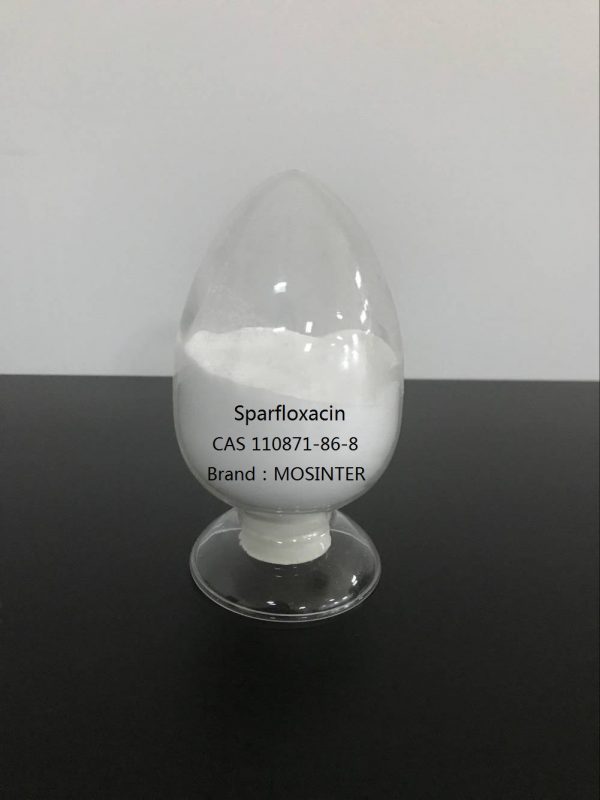
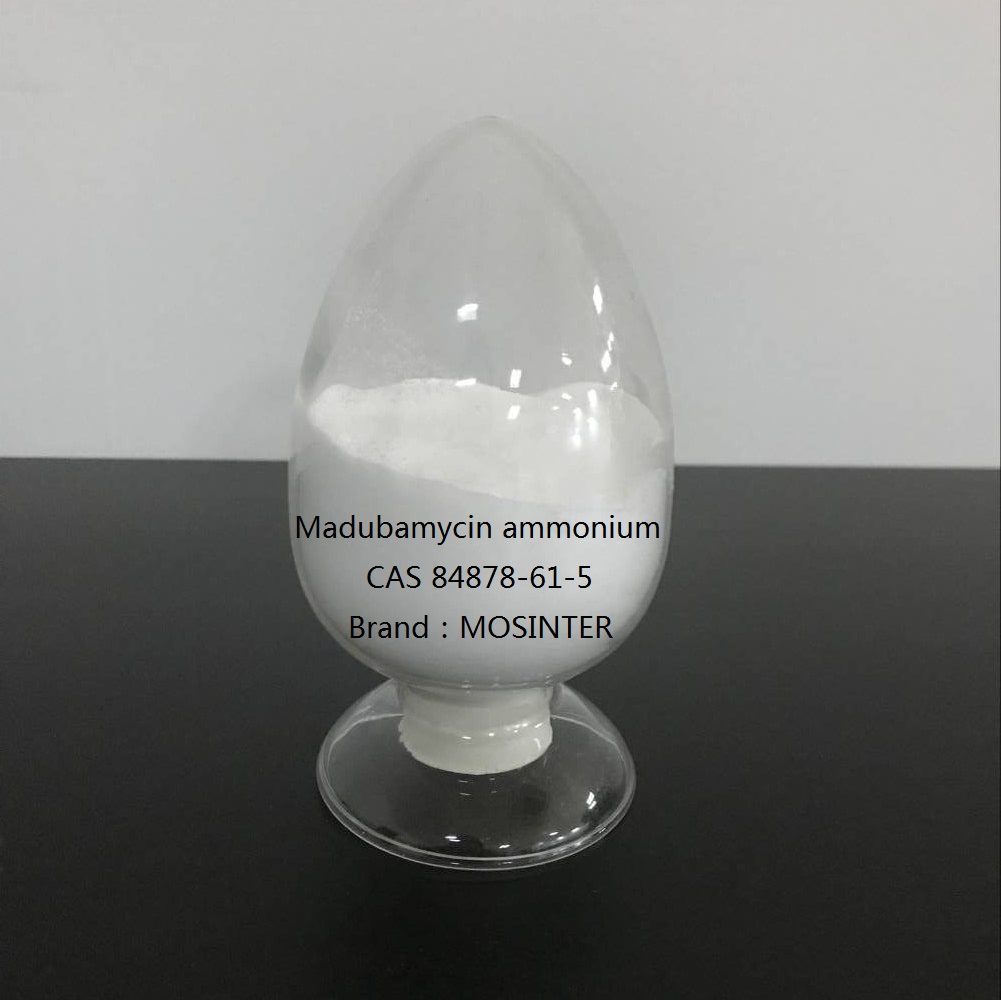
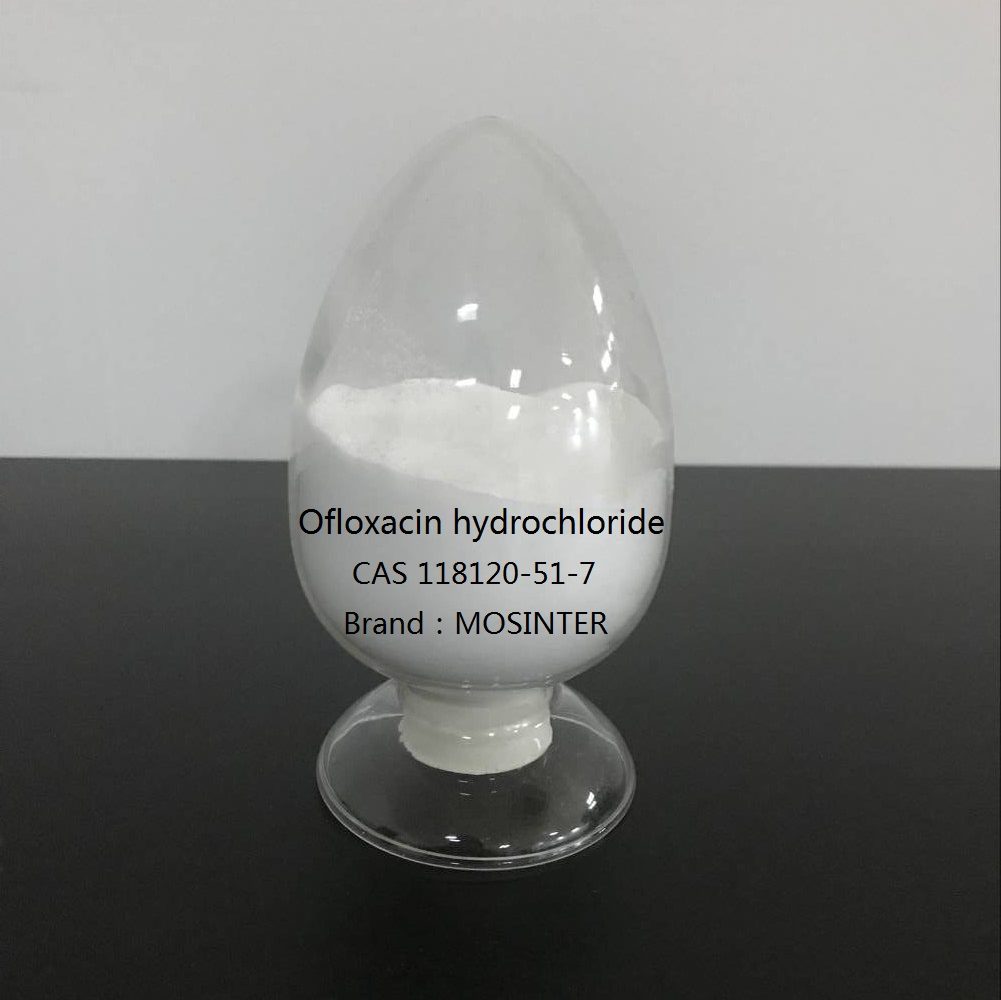
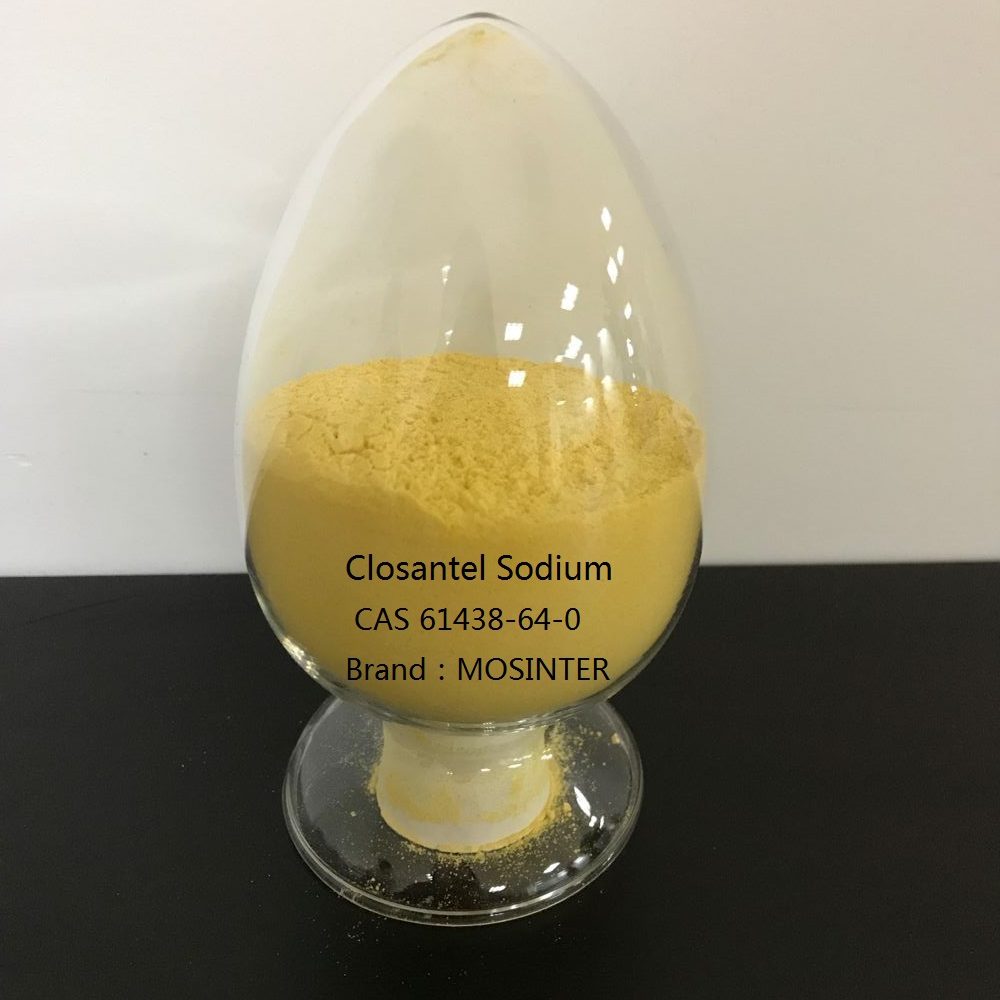
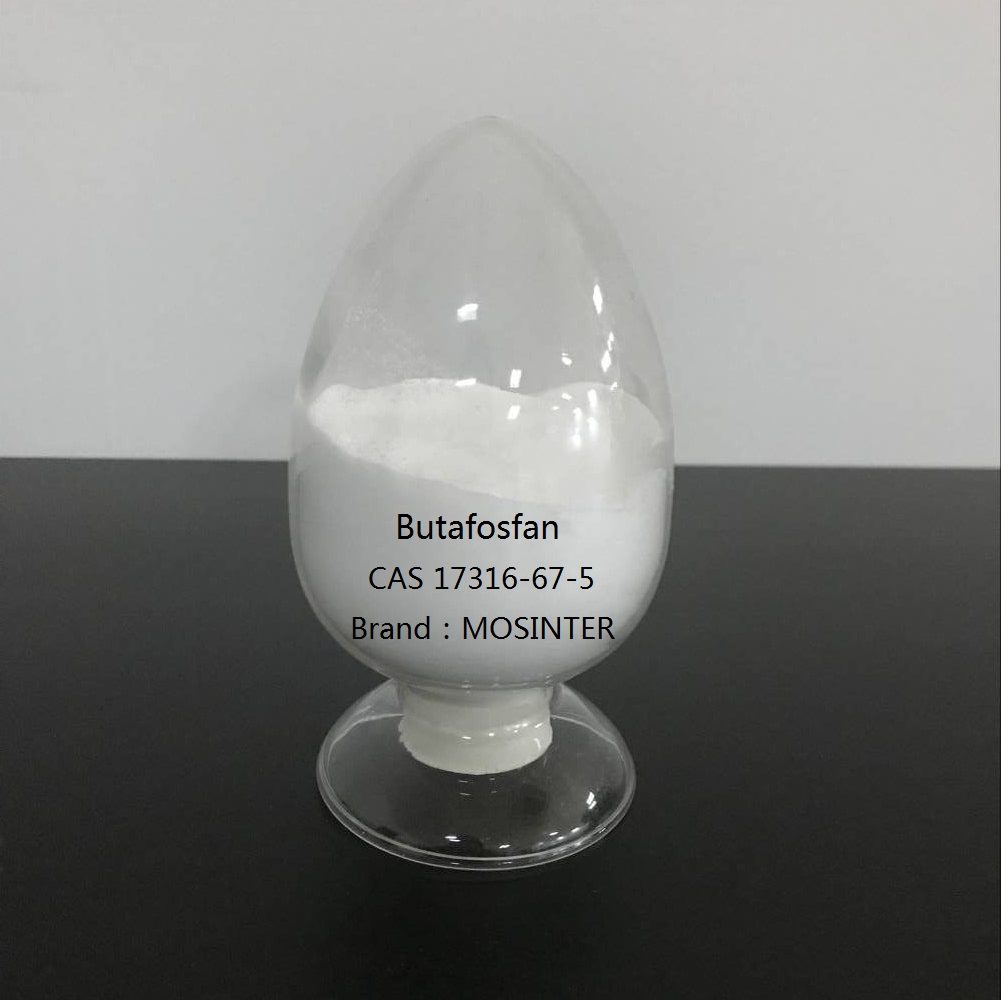
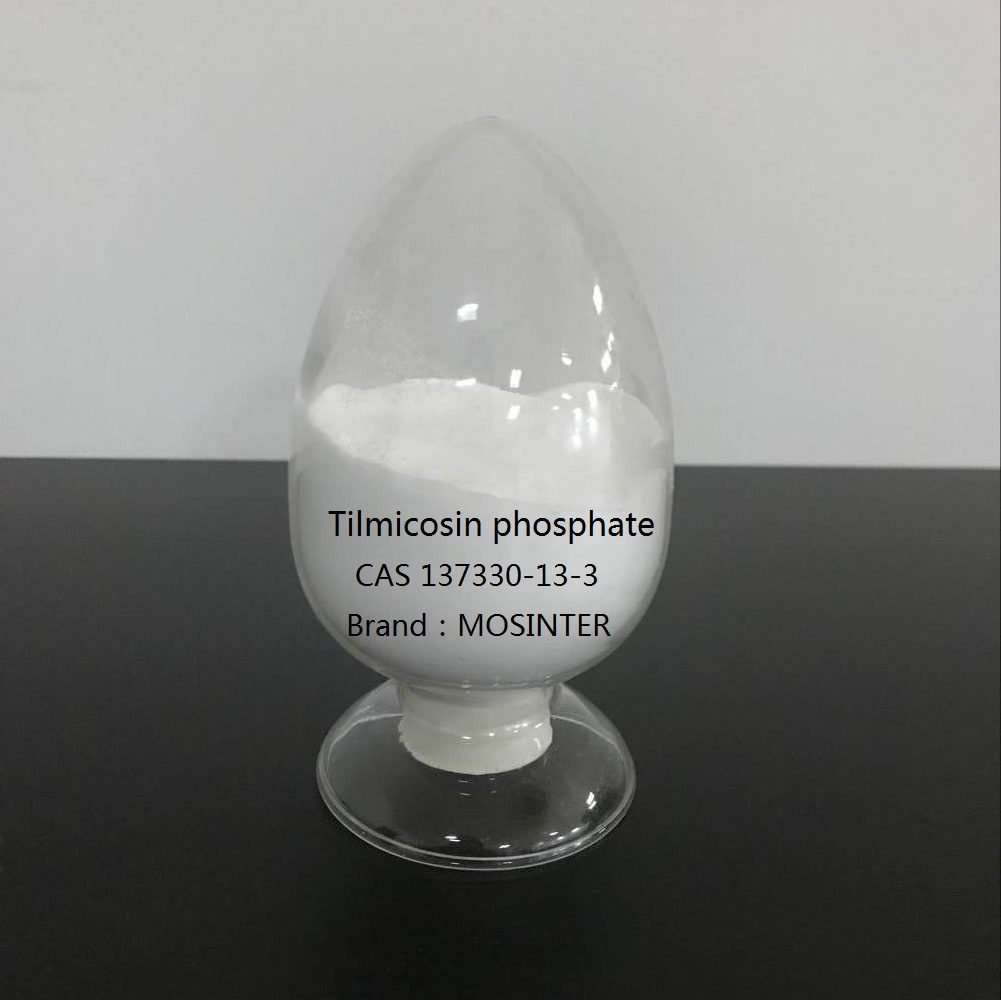
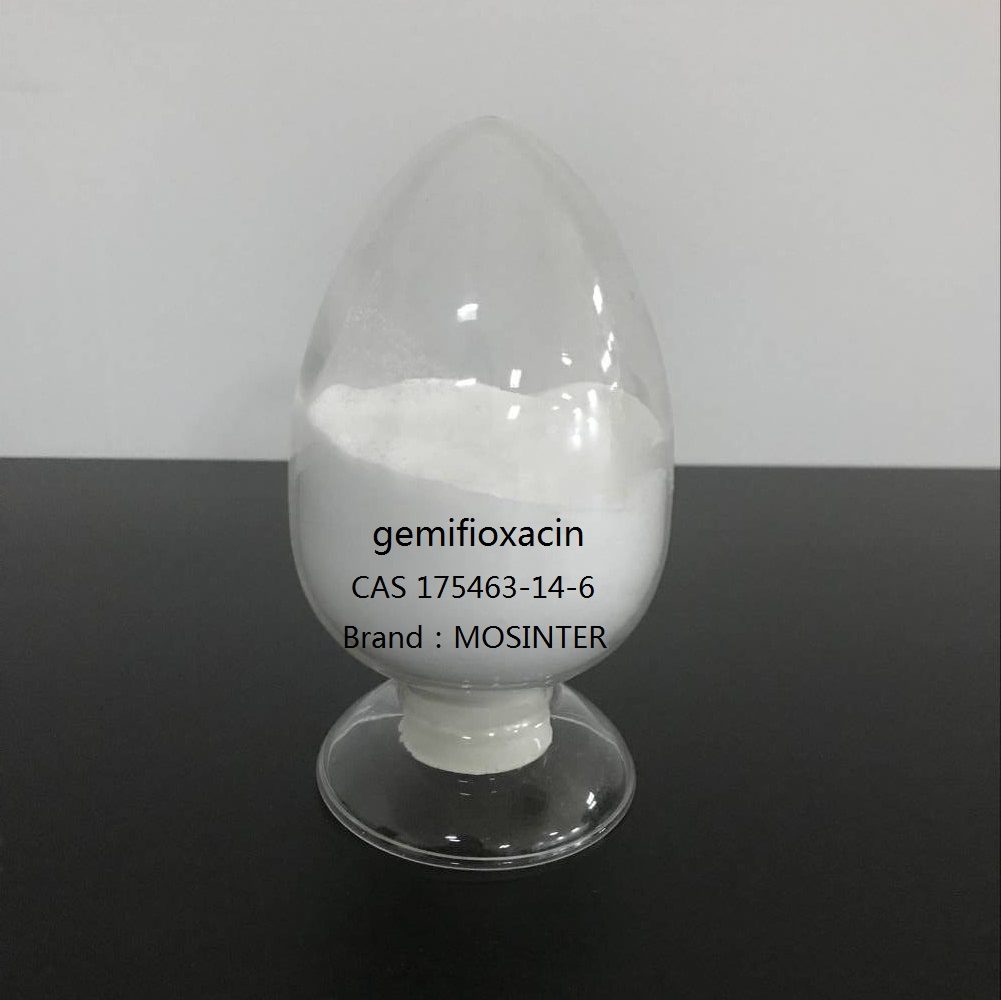
Reviews
There are no reviews yet.